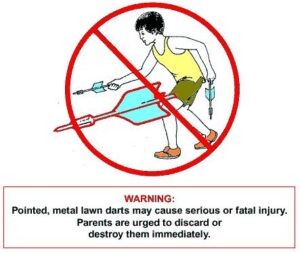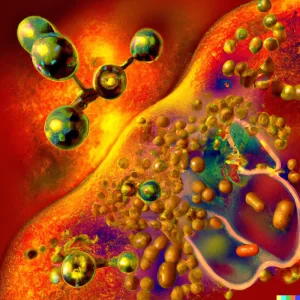Posted inLife on Mars Mars
Radiation on Mars is less likely to kill you than sitting on your couch
We have all heard that radiation on the Martian surface is dangerous to humans and that it would limit the extent of life there, both indigenous and transplanted. However, what is rarely mentioned is how dangerous the radiation is exactly. I will attempt to quantify this danger. In short: If you choose to forgo exercise and have a poor diet, you have a higher chance of premature death due to cancer than if you lead an otherwise healthy life but are exposed to Mars-surface radiation levels.












